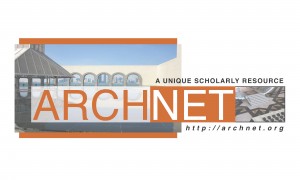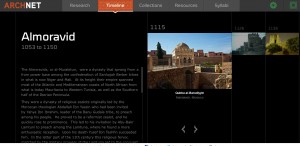
Logo designed by Khaled Al-Saai http://www.kashyahildebrand.org/zurich/alsaai/
I finally read through this report on NITLE (the National Institute for Technology and Liberal Education), and I must say I agree with most of it’s findings. It is a thorough survey of what was accomplished and what is needed. Thanks are due to Jason Brodeur, Morgan Daniels, Annie Johnson, Natsuko Nicholls, Sarah Pickle, and Elizabeth A. WaraksaI, as well as all who participated in the surveys they conducted, for this job well done.
I was very proud of my involvement in NITLE, which started our as a visionary organization, assisting member institutions to be forward looking and to think big about what they could accomplish. I was Program Director of NITLE’s Al-Musharaka Initiative, which is mentioned early in the report. I am immensely proud of my involvement with that project. Our focus really was on building community, facilitating collaboration, and fostering intellectual exchange, not just across institutions, but also across sectors within the academic community. Much of what has been published about the initiative focusing on the Arab Culture and Civilization Online Resource (the ACC site), one of our first projects, but it was really the collaborative projects that were the most interesting and produced the most exciting results. Continue reading




 I was researching something I was writing today when I came across a compelling article by Pearl S. Buck “
I was researching something I was writing today when I came across a compelling article by Pearl S. Buck “


